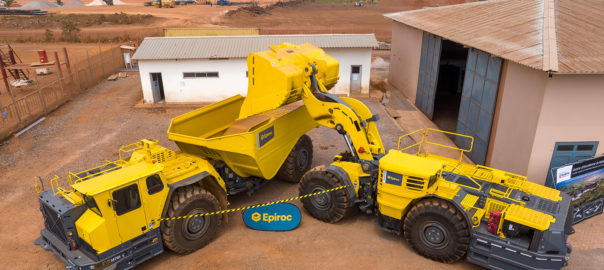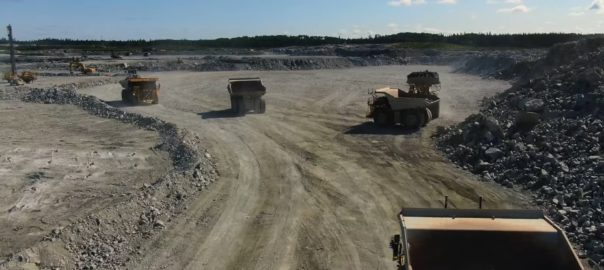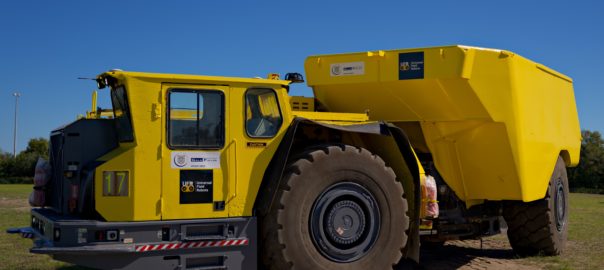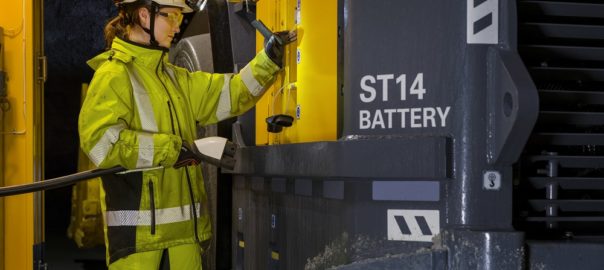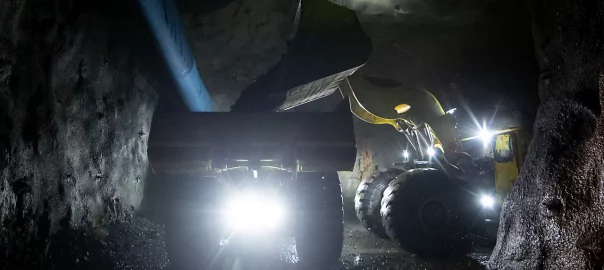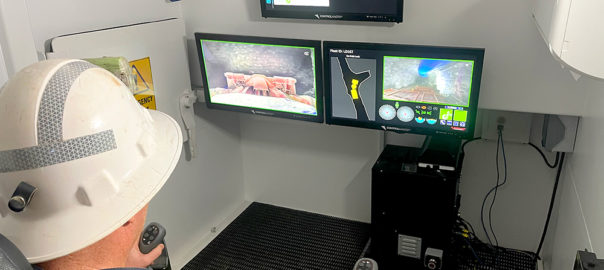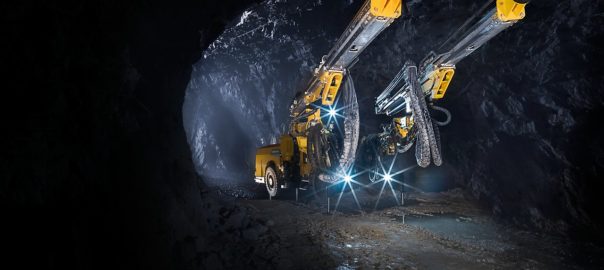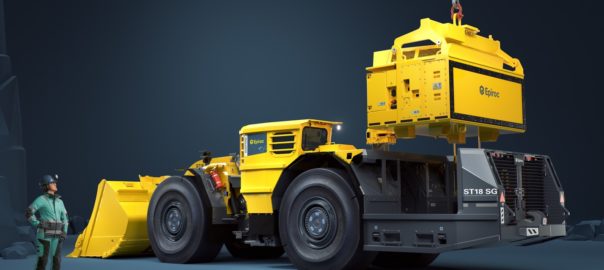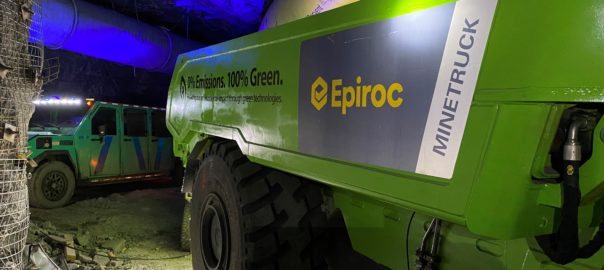Epiroc says it is continuing its successful partnership with Kamoa Copper SA in the Democratic Republic of the Congo, with the OEM winning its largest-ever order to date tied to the expansion of the Kamoa-Kakula copper mining complex.
Kamoa Copper has ordered 65-t-payload Minetruck MT65 S haulers, as well as 18-t-payload Scooptram ST18 S loaders, Boomer 282 face drilling rigs and Simba E70 S production drilling rigs.
The machines will be used to expand operations at Kamoa-Kakula, which is projected to be among the world’s lowest greenhouse gas-emitting copper mines per unit of metal produced.
The order is valued at almost €60 million ($65 million) and was booked in the September quarter of 2023.
Kamoa-Kakula is set to become one of the world’s largest copper mines and will have one of the most favourable environmental footprints of all major copper mines, according to one of the major owners, Ivanhoe Mines.
“The customer’s focus on sustainability and productivity, coupled with the large size of the mine, makes it especially exciting to contribute to its success,” Helena Hedblom, Epiroc’s President and CEO, says.
Sami Niiranen, President of Epiroc’s Underground division, added: “We are proud and happy to be able to continue contributing to Kamoa Copper’s success as it expands its operations.”
Epiroc has had a local presence in the DRC since 2001, and currently has about 120 employees in the country, mostly Congolese nationals.
The new order is the third large order that Epiroc has received from Kamoa Copper for Kamoa-Kakula. In 2022, Kamoa Copper ordered SEK160 million ($14 million) worth of equipment, and in the June quarter of 2022, it ordered equipment valued at about SEK125 million. Epiroc will also provide service of the machines, as well as on-site technical support and operator training.
Jan Johannes Hough, Executive Engineering at Kamoa Copper SA, said: “Kamoa Copper SA chose Epiroc to be one of our strategic partners for the supply of trackless mobile mining equipment due to its proven and matured industry track record. The equipment selected proved to be reliable and feasible in various applications in the mining industry. It will play a critical role in achieving production targets in line with the expansion program of Kamoa Copper SA and the resulting guidance given to the market.”
The ordered machines have several advanced features, such as Epiroc’s telematics system, which allows for intelligent monitoring of machine performance and productivity in real-time. Delivery will begin in 2024.







